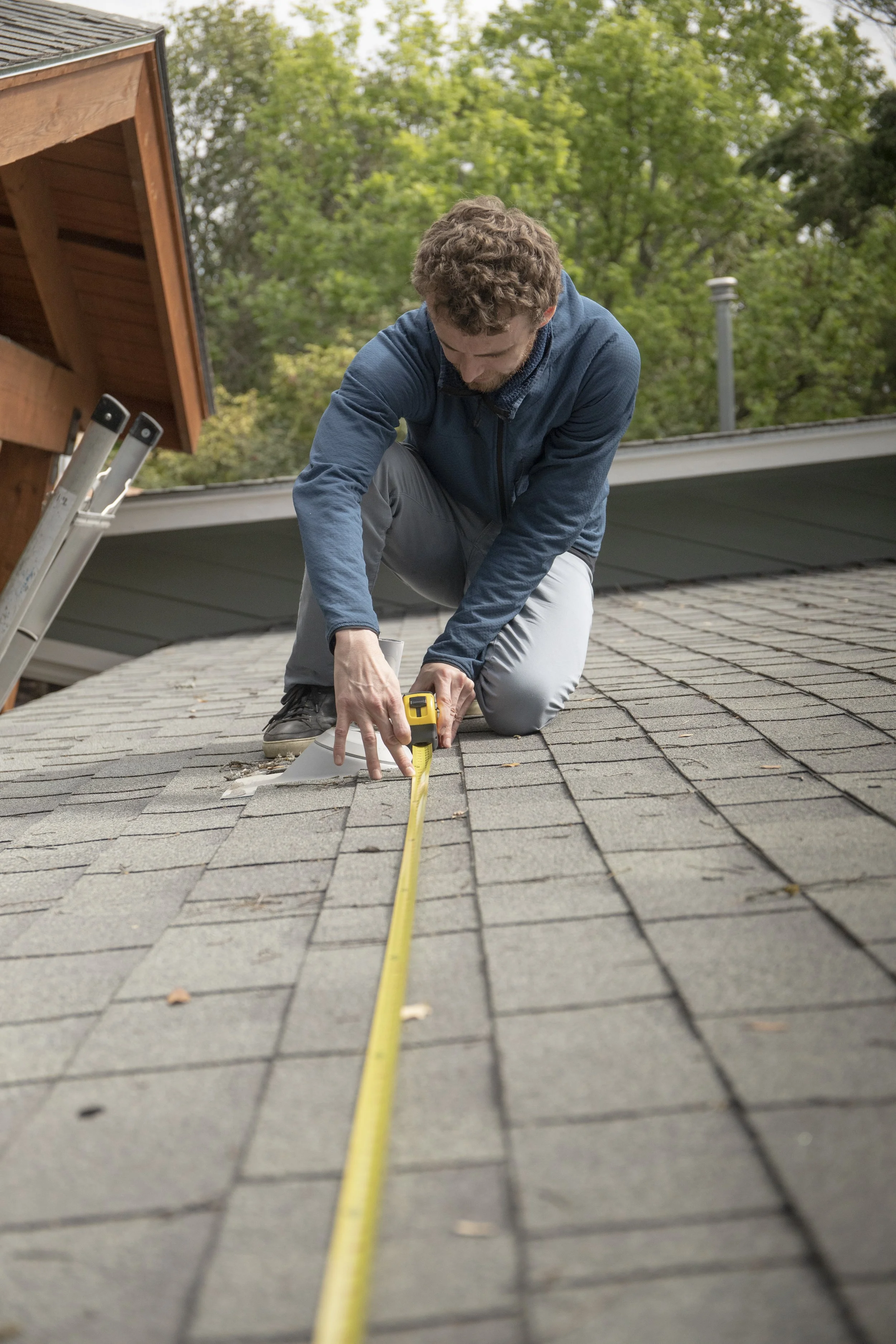When starting upon a real estate plus building project, this value of professional surveying cannot be overstated. Accurate surveys serve as the foundation upon which successful projects thrive, ensuring that plans stay anchored in the real world and that land limits are well-established. Professional surveyors provide expertise and accuracy to the process, offering essential insights that can impact all aspects from real estate development to conflict resolution. Grasping the role and merits of surveying services is essential for homeowners, real estate developers, and contractors alike.
In this article, we will examine the numerous reasons for employing a qualified surveyor and delve into various types of land surveys. Beginning with learning how how demarcation surveys help avoid disputes to recognizing the significance of elevation surveys, we will explore what to look forward to during a land survey and how technologies, such as GPS and unmanned aerial vehicles, are transforming the sector. Ultimately, you will understand how surveying services not just ensure property rights but also clear the path for prosperous construction and development projects.
Primary Benefits of Employing Qualified Surveyors
Expert surveyors bring a wealth of knowledge and skill to land surveying, ensuring that the outcomes are correct and dependable. Their thorough understanding of regional regulations, property law, and professional skills allows them to navigate complex surveying tasks with efficiency. This skill lowers the risk of errors which can lead to significant delays and disputes, ultimately providing confidence to property owners and developers alike.
One major advantage of engaging expert surveyors is their skills to avoid potential legal issues. Boundary surveys can determine exact property lines, which is crucial for avoiding disputes with neighbors or ensuring that property developments adhere with zoning requirements. By acquiring accurate surveys, property owners can prevent costly legal battles that may arise from boundary misunderstandings, saving both time and money in the future.
In conclusion, qualified surveyors employ cutting-edge technology, such as GPS and drone technology, to enhance the accuracy and efficiency of their work. This digital integration allows for greater comprehensive data collection and analysis, resulting in better-informed decisions regarding land use, development, and conservation. By utilizing these modern tools, surveyors can provide their clients with concise, visual representations of their properties, empowering them to make knowledgeable choices.
Categories of Evaluations and Their Importance
There exist several categories of surveys that serve a crucial role in land oversight and development. Property assessments are designed to define the precise lines of property ownership, which can prevent disputes between neighbors and clarify property rights. Such assessments are vital for property owners, real estate transactions, and all development project, as they offer binding documentation of property boundaries. Similarly, Sunlight Surveyors Aldwych capture the contours of the land, showing elevations and depressions, which are crucial for designing drainage systems, roads, and building placements.
An additional significant category of survey is the ALTA/NSPS assessment, which is customized for commercial properties and required by lenders and title companies. This category of survey provides detailed information regarding property boundaries, easements, and potential encroachments, ensuring that all aspects of the property are thoroughly evaluated before a transaction. Such evaluations are recognized nationally and help support real estate development and investment by reducing risks associated with property ownership.
Construction staking services are also critical, as they convert survey data into tangible markings on the ground that guide builders in the construction process. This includes establishing precise locations for structures based on the approved plans and ensuring compliance with zoning regulations. By utilizing various surveying methods, including modern technologies like GPS and drones, surveyors provide invaluable information that enhances smooth project execution and minimizes costly delays, contributing to the overall success of infrastructure and development projects.

Technological Advances and Advancements in Surveys
Advancements in technology have revolutionized the domain of surveys, making it exceptionally efficient and accurate than ever before. The use of GPS allows land surveyors to obtain exact positional data swiftly, which is essential for various applications such as defining boundaries and construction staking. This technology minimizes the duration in the outdoor setting and enhances the precision of measurements, diminishing the chance for errors that can occur with traditional surveying methods.
UAVs have also established themselves as an invaluable asset in the survey industry, offering aerial imagery and information gathering with remarkable effectiveness. This breakthrough allows for the evaluation of large areas in a limited amount of the duration it would take using conventional ground methods. These aerial devices equipped with detailed imaging systems and LiDAR sensors can acquire comprehensive topographical data, which is particularly beneficial for topographic surveys and environmental surveys. The potential to retrieve extensive data from difficult locations further enhances the capabilities of professional surveyors.
Moreover, software developments in GIS and three-dimensional modeling have boosted the visualization and evaluation of survey data. These tools enable land professionals to create comprehensive cartographic representations and models that aid in city planning, land development, and construction projects. The fusion of these technologies not only improves the correctness and productivity of survey processes but also delivers clients with comprehensive insights and better decision-making capabilities regarding their projects.
